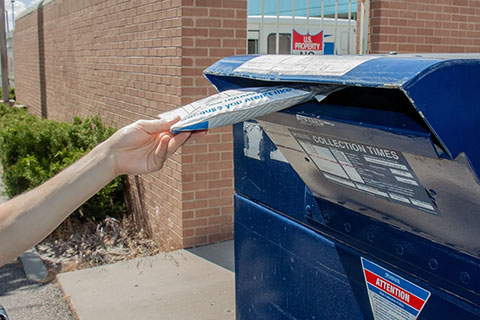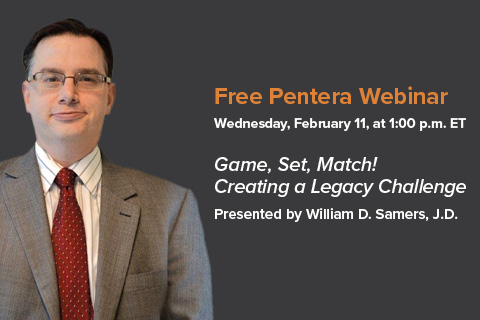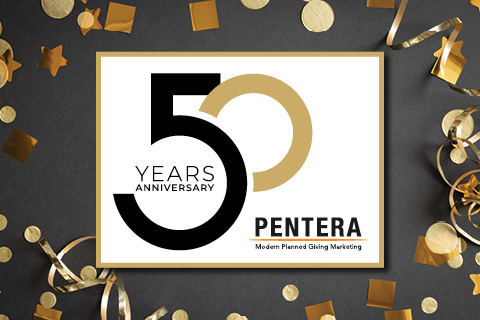The Pentera Blog
Cultivate Small Gifts and They Multiply
Joe Schmoe dies and leaves a million dollars to a college that has never heard of him: He didn't attend, wasn't a sports booster, didn't use the library.… But he lived in the college town all his life, and neighbors say he used to walk his dog around the campus perimeter.
Such stories do happen, and of course they cause a sensation. But planned gift officers know that most planned gifts are from donors who have had some form of contact with or connection to the nonprofit. What may seem counterintuitive is the number of large gifts from donors who previously had only made gifts that were quite small.
The lesson is two-fold:
1. The donor's potential to give is not necessarily proportional to the size of gifts already given.
2. The means of thanking small-gift donors should likely be the same as donors of larger gifts.
Donors start small
A donor's first gift to a particular charity tends to be relatively small. Who says so? The donors! Recent research by Penelope Burk of Cygnus Applied Research, Inc., (www.cygresearch.com) shows that about three of four donors describe their first gift as "not generous." Why? Because many donors are trying you out: They want to see how you will respond, how you will use the gift, how you will say thanks. Many donors report getting nothing but form letters after making charitable gifts, which leads some to contribute elsewhere. They are ready to open their wallets … if they are treated right.
The personal touch
Virtually all charities report sending thank you notes to donors. But some charities send personalized thank you letters only to some donors—the ones who give above a certain amount. Taking the time and spending the pennies per donor to personalize the thank you —particularly a short handwritten note—can pay off (literally) with the small-gift donor as well. Using board members to write or call with thanks has been found to be particularly effective.
Similarly, nonprofits are wise not to restrict their legacy society memberships to donors above a certain threshold. In addition to excluding a potential major donor, it can be difficult to accurately estimate a gift's value due to today's extensive use of percentage, residual, and contingency bequests. So come one, come all. Put a small donor in a room full of larger contributors and see what might happen. Benevolence rises to the occasion.
Seek the passion
Donors of large planned gifts feel passionate about the cause they are supporting. Yet many do not speak directly about their passion. However, there are ways planned gift officers have found to identify it:
• Loyalty: A gift of $50/year for several years demonstrates strong feelings about that organization.
• Service: Volunteering for the organization, recruiting donors and other volunteers, serving on the board—committing time is a sure sign of passion.
• Communication: The donor who returns cards, answers surveys, asks questions, and accesses your organization in multiple ways is clearly expressing interest.
Yes, secret millionaire Joe Schmoe might be walking his dog around your nonprofit's perimeter. But he's much more likely to already be on one of your lists!
Pentera's marketing experts can help devise innovative strategies specific to your needs.


